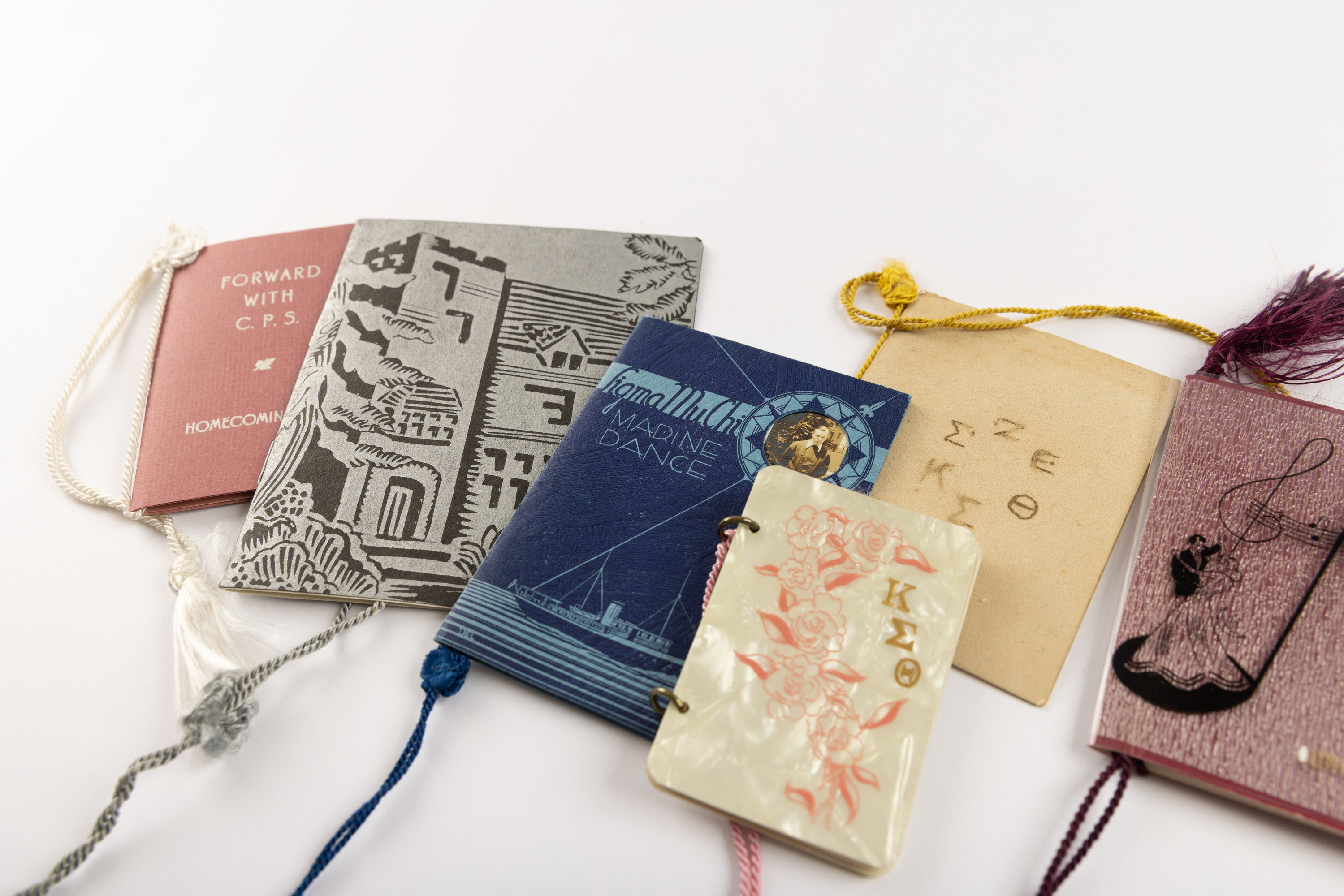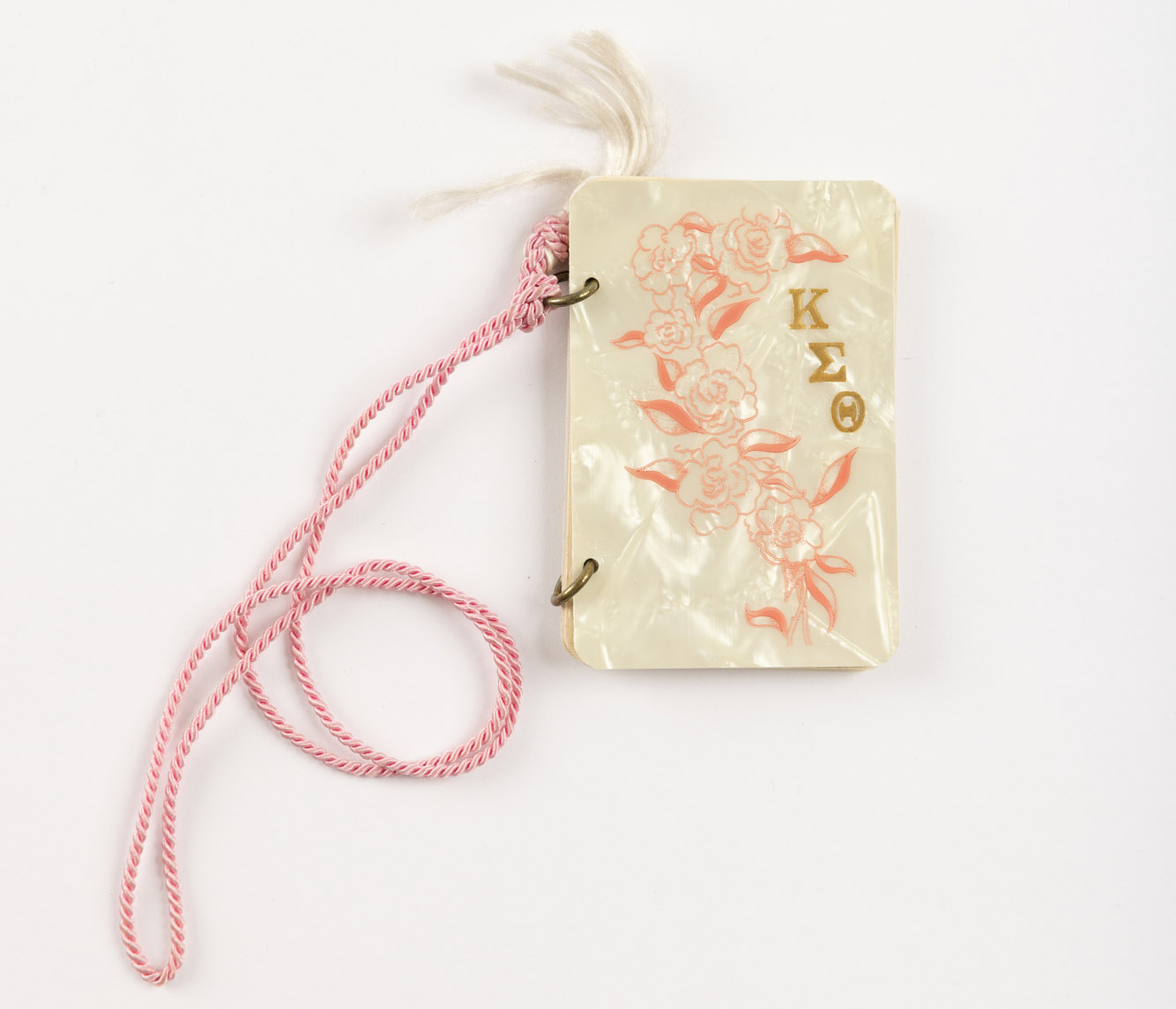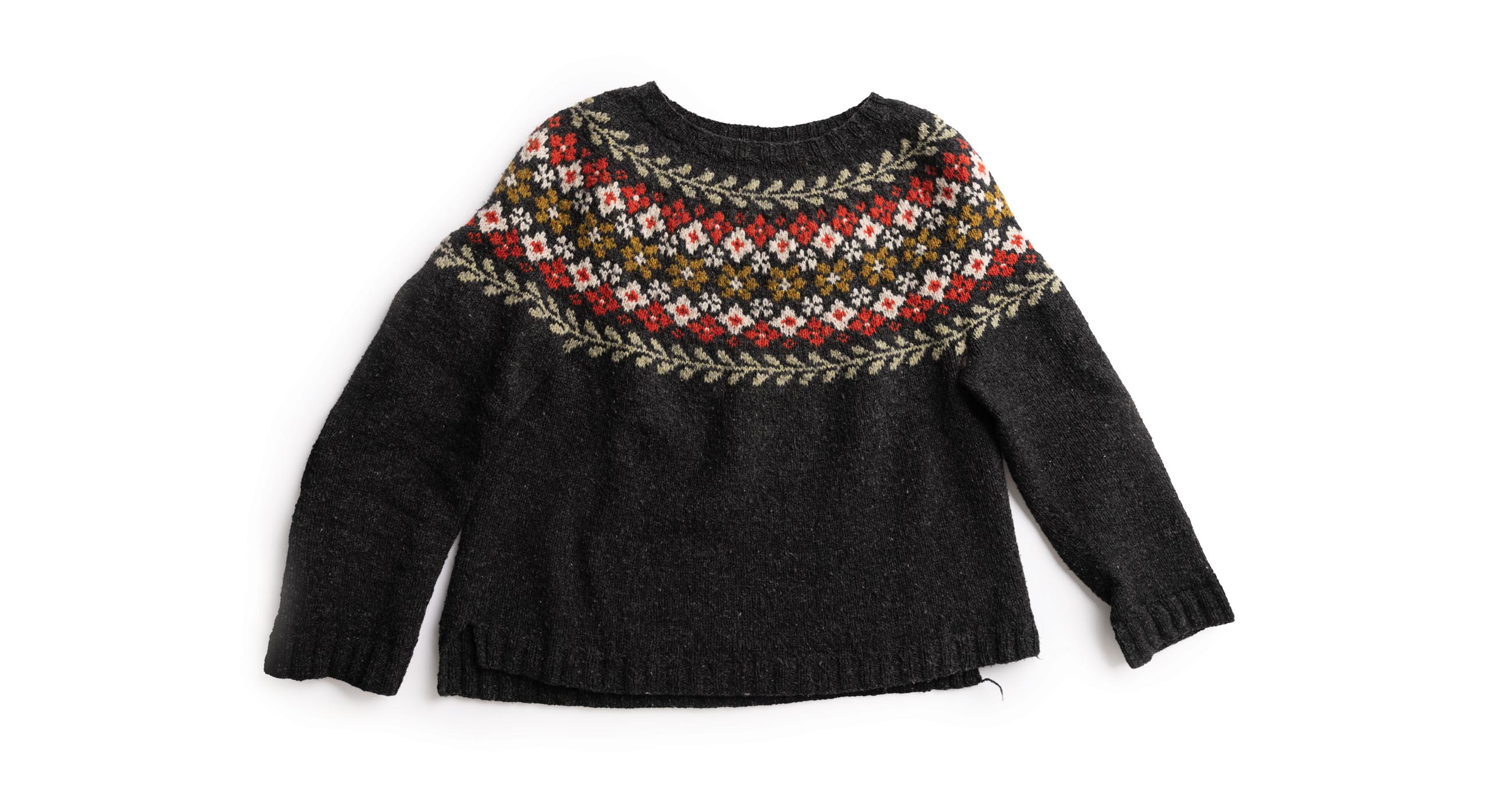Take a waltz down memory lane with these historic dance cards.
The idea seems quaint now, but in the early 20th century, going to a campus dance often meant picking up a “dance card” at the door. The small booklets gave the students—usually the women—a way of keeping track of the night’s dances and dance partners. The idea was to not dance with the same person all night long; instead, proper etiquette called for mingling. A Vogue article, reprinted in The Trail in 1952, explained: “That was the point of a dance: to be a sort of melting-pot, a big cocktail shaker in which young people and good music were whirled around together to make a gay evening.”
Dance cards often came with a pencil, along with a decorative cover and a cord or ribbon that would allow the woman to wear the card on her wrist. Popular in Europe in the 1800s, dance cards became common on U.S. college campuses in the early to mid 1900s. Their use began to fade after World War II, but they live on today in expressions like “Pencil me in” and “My dance card is full.” Puget Sound’s Archives & Special Collections owns a collection of dance cards spanning the 1920s through the 1940s. On this and the pages that follow, we spotlight a few of our favorites.




















